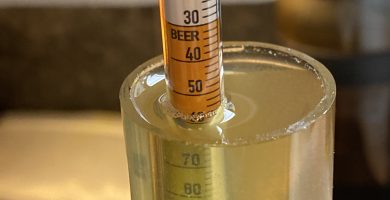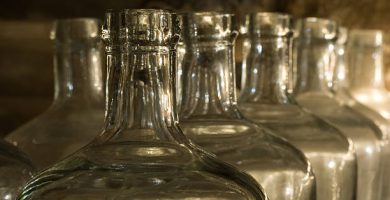
Winemaking at home is a rewarding and fun experience, but it can also be challenging. During the wine-making process, many things can go wrong, and even the smallest mistakes can affect the quality and taste of the final product. However, with a little bit of knowledge and understanding, these problems can be easily fixed. Here are some of the most common problems faced by home winemakers, and the steps you can take to solve them.
Winemaking: A Guide to Crafting Perfect Wine Every Time

Slow or Stuck Fermentation
One of the most common problems in winemaking is slow or stuck fermentation. This occurs when the yeast isn't converting the sugar into alcohol at the expected rate. A slow fermentation can be caused by various factors, such as low yeast health, low yeast numbers, low temperature, low nutrients or high levels of residual sugar. To solve this problem, you can add a fresh packet of yeast, adjust the temperature, add yeast nutrients or increase aeration.
Off Flavors
Off-flavors are common problems that arise during the wine-making process. These flavors can be caused by a variety of factors such as bacteria, spoilage yeast, poor sanitation, oxidation or cork taint. To avoid these flavors, you can practice good sanitation techniques, ensure proper storage, minimize oxidation and use high-quality corks.
Cloudy Wine
Another common problem with winemaking is cloudy wine. This can be caused by a variety of factors, including proteins, yeast cells, and tartrates. To solve this problem, you can use fining agents to remove the cloudiness, or simply allow the wine to age and settle naturally. You can also cold-stabilize the wine by storing it in a cool place for a period of time.
High Alcohol Content
High alcohol content can affect the taste and balance of your wine. This problem can occur when the yeast ferments for too long, or if the wine has high initial sugar content. To reduce the alcohol content, you can dilute the wine with water or use a yeast strain with a lower alcohol tolerance.
High Acidity
High acidity can also affect the taste and balance of your wine. This problem can be caused by a variety of factors, including the type of grapes used, the climate, or the wine-making techniques. To reduce acidity, you can add a small amount of potassium carbonate or potassium bicarbonate to the wine.
Bacterial Contamination
Bacterial contamination can occur during the wine-making process, and it can cause spoilage and off-flavours. To avoid bacterial contamination, it's important to maintain a sanitary environment and to avoid cross-contaminating equipment. You can also use sulphite or other sanitizing agents to help prevent bacteria growth.
Oxidation
Oxidation can also cause problems in winemaking. This occurs when the wine is exposed to air, causing it to lose its freshness and flavor. To avoid oxidation, it's important to minimize the wine's exposure to air and to use an airtight container for storage.
Cork Taint
Cork taint is a common problem in winemaking, and it can cause the wine to have an unpleasant musty or moldy smell. This is caused by a chemical compound known as TCA (2,4,6-trichloroanisole) that can be found in the corks. To avoid cork taint, it's important to use high-quality corks and to store the wine in a cool, dark place.
In conclusion, making wine at home can be a fun and rewarding experience, but it can also be challenging






